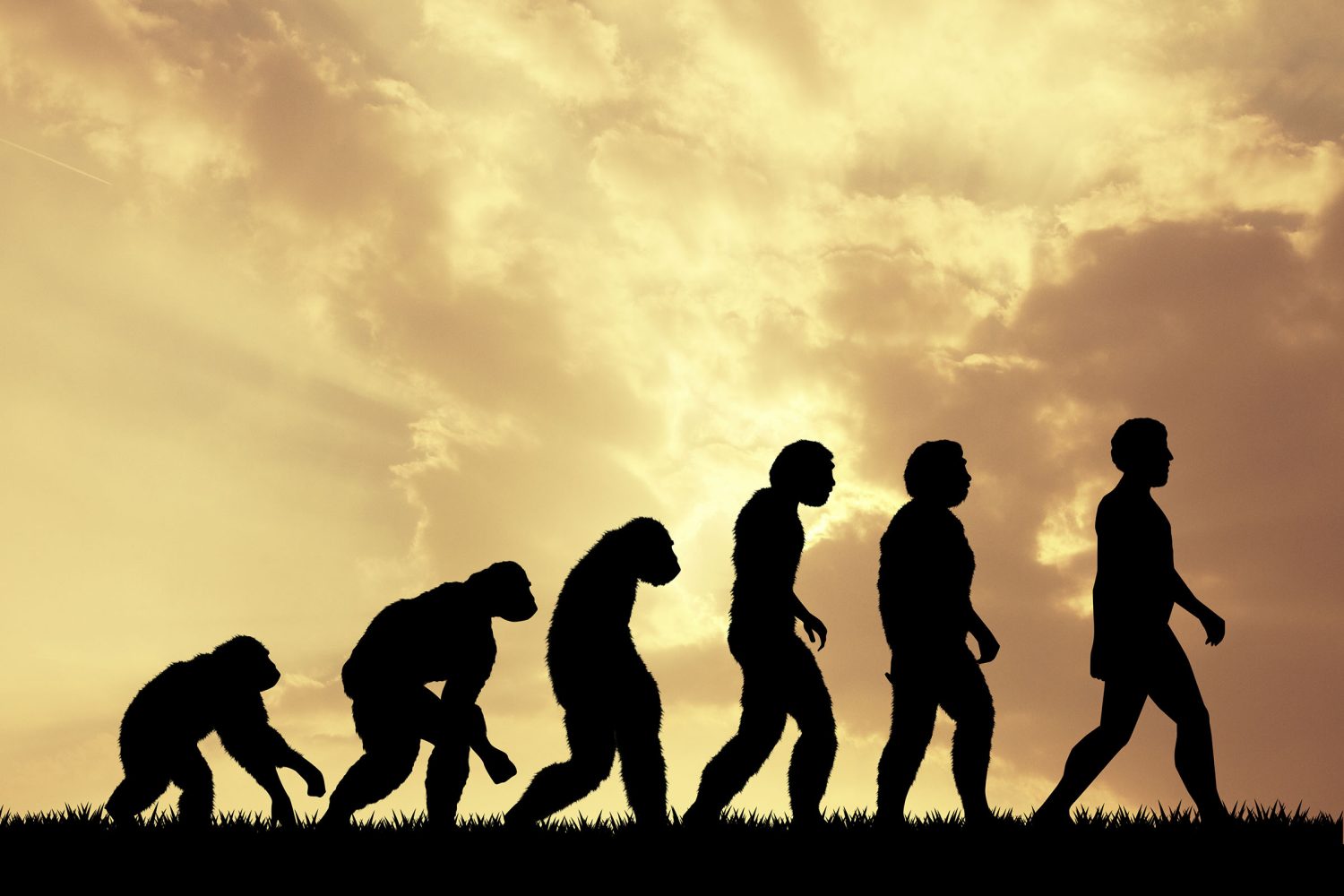Now Reading: Scientists just uncovered a shocking twist in the story of human evolution
-
01
Scientists just uncovered a shocking twist in the story of human evolution
Scientists just uncovered a shocking twist in the story of human evolution

For decades, the dominant theory in human evolution suggested that modern humans descended from a single ancestral lineage in Africa. However, groundbreaking new research from the University of Cambridge challenges that idea, revealing a far more complex and surprising origin story for early human evolution.
According to this study, modern humans actually evolved from two distinct ancestral populations that split apart 1.5 million years ago, only to reunite around 300,000 years ago, long before Homo sapiens spread across the globe.
This discovery, published in Nature Genetics, comes from an advanced analysis of full genome sequences rather than ancient fossil DNA. The research team used a new computational model called “cobraa,” which allowed them to trace ancestral population splits in early human evolution, including genetic reunions over vast timescales.
The results suggest that one of these ancient human populations contributed around 80 percent of modern human DNA, while the other contributed 20 percent—particularly genes linked to brain function and neural development.
Tech. Entertainment. Science. Your inbox.
Sign up for the most interesting tech & entertainment news out there.
By signing up, I agree to the Terms of Use and have reviewed the Privacy Notice.
 Image source: Gorodenkoff / Adobe
Image source: Gorodenkoff / AdobeUnlike Neanderthal and Denisovan DNA, which makes up only about two percent of the genome in non-African populations, this earlier genetic mixing event had a much larger influence on all modern humans.
These findings challenge the traditional view that human evolution was a clean, linear process, instead painting a picture of populations drifting apart, evolving separately, and then coming back together to form the species we now recognize as Homo sapiens.
The researchers also discovered that one of the ancestral groups experienced a major population bottleneck, shrinking to a tiny size before slowly recovering over the course of a million years. This group eventually became the main genetic source of modern humans and also gave rise to Neanderthals and Denisovans.























